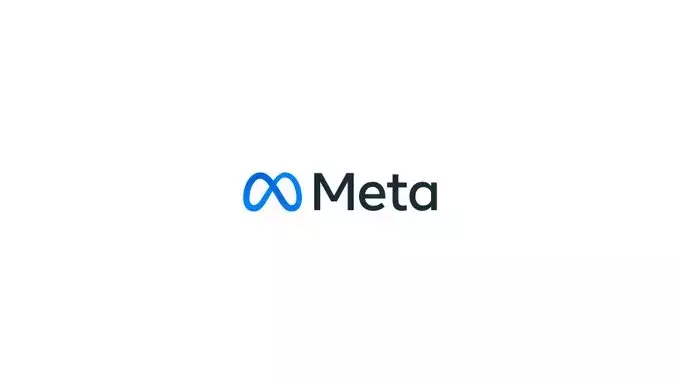Meta is dynamically evolving its advertising framework with the introduction of a new feature known as “Flexible Media.” This initiative is a strategic response aimed at refining the delivery of advertisements by leveraging sophisticated algorithmic predictions regarding user behavior and preferences. At its core, the concept of Flexible Media is less about jargon and more about enhancing ad performance through varied creative approaches tailored to individual user experiences. By enabling a broader array of creative options, Meta aspires to optimize how advertisements are perceived and interacted with, ultimately driving higher engagement rates.
This shift aligns with Meta’s broader strategy of automating the advertising process, particularly through the integration of tools like their Advantage+ campaign functionalities. These tools allow advertisers to deploy a selection of ads, with Meta’s algorithms determining which variant is shown to which user, based on predicted performance outcomes. This level of automation represents a significant leap for marketers accustomed to manual campaign management, as it proposes a transition into a realm where meta-analyses dictate ad placements instead of human choice.
The intriguing aspect of Flexible Media lies in its operational premise. Unlike its predecessor, “Flexible Ads,” which permits the submission of multiple images for a single advertisement and then allows the system to select the most effective option, Flexible Media takes this concept a step further. It enables advertisers to provide a selection tailored to distinct placement groups, effectively allowing Meta’s algorithms to diversify the media displayed based on the ad placement.
By automating this process, advertisers relinquish some degree of creative control while empowering the system to determine the most effective visual content across different formats. This can potentially save time and lead to enhanced performance, assuming Meta’s AI is well-calibrated to its varying user demographics. However, there lies an inherent paradox: while this method provides opportunities for increased engagement, it simultaneously raises questions about creative authenticity and brand identity being overshadowed by automated systems.
One of the primary advantages of adopting these automated features is the potential for reaching audiences that a marketer may not have otherwise targeted. Meta’s algorithms are designed to analyze vast amounts of data and user interactions, theoretically allowing them to identify which users are more likely to engage with specific types of content. Therefore, advertisers might benefit from experimentation with these newer methodologies, discovering uncharted territories within their marketing strategies.
On the flip side, this heavy reliance on automated processes can provoke concerns regarding the loss of manual oversight. Advertisers who have traditionally prided themselves on their ability to understand and segment their audience may feel uncomfortable when relinquishing control to an algorithm. The fear of losing touch with the nuances of audience segmentation and marketing authenticity can be disconcerting, especially when campaigns hinge on brand storytelling and emotional resonance.
As Meta continues to streamline advertising through automation, businesses must assess how these changes align with their long-term marketing goals. The notion that one could enter a URL and allow a system to handle the entire advertisement could revolutionize the way digital advertising is approached. Yet, while the promise of increased efficiency is alluring, it’s crucial for marketers to retain a level of involvement to ensure their brand’s vision and identity are preserved.
Flexible Media represents Meta’s ongoing commitment to refining how advertising operates within its ecosystem. It advocates for a more dynamic, algorithm-driven approach to engaging users with personalized content. However, as organizations navigate this transformation in advertising strategy, a balanced consideration of automation’s implications versus human insight remains essential. The key will be to find a harmonious blend of both to harness the full potential of modern advertising without sacrificing authenticity or connection.


Leave a Reply